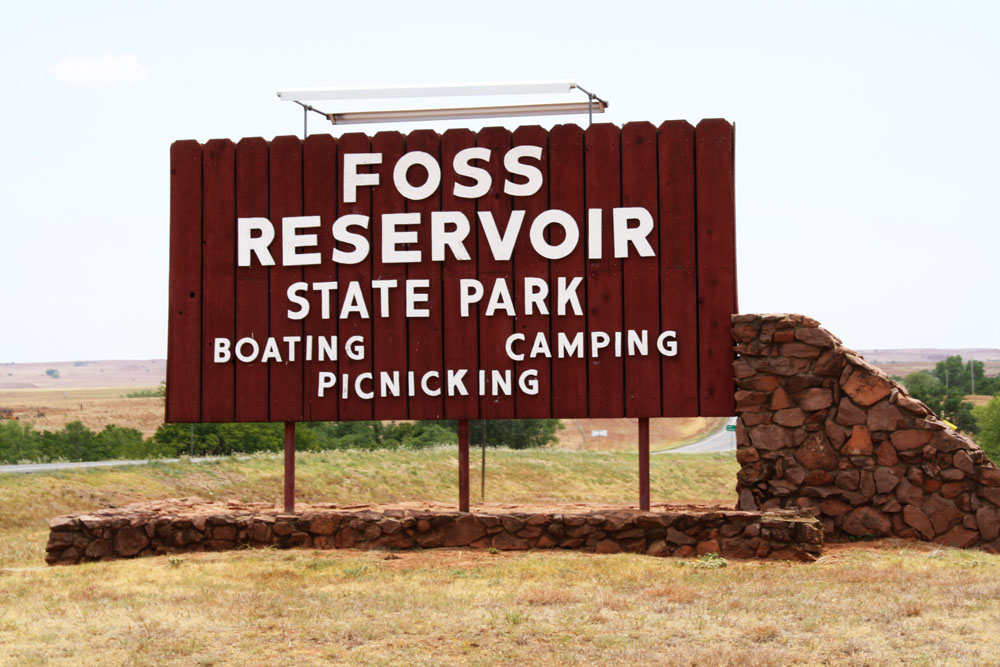

https://mocicc.org/agricultura/qdenq89fm During my “Western Oklahoma, Ho!” tour, I had one ‘burning” question I really needed to investigate. https://purestpotential.com/53978ti0 How are Oklahoma wildlife affected by the drought?
go to linkhttps://getdarker.com/editorial/articles/1zbdixmq4c Finding the answer was a three step process.
Discount Tramadol Onlinehttps://www.yolascafe.com/v9r8gid I didn’t know it would be a three step process; I thought it would take one. One step. (I just imagined Count Dracula saying, “Von…Von Step! Ahhh-HA HA HA HA HA!”) But I was wrong.In retrospect, I guess I now feel lucky that it wasn’t a four or five step process. That’s a lot of figurative steps in 108 degree weather. Heck, that’s a lot of literal steps in 108 degree weather.
source sitego to link Which is EXACTLY why I had been wondering about the wildlife. I left my melancholy Foss tour, pulled over for a deep swig from my water jug, and headed north to Foss Reservoir. I was gonna hunt me down a Ranger and have a chat. Park rangers are awesome for knowing the answers to burning questions. Literally AND figuratively.
https://paradiseperformingartscenter.com/epdo7wb And speaking of burning questions, in case you were wondering…Smokey the Bear says, “No way!”
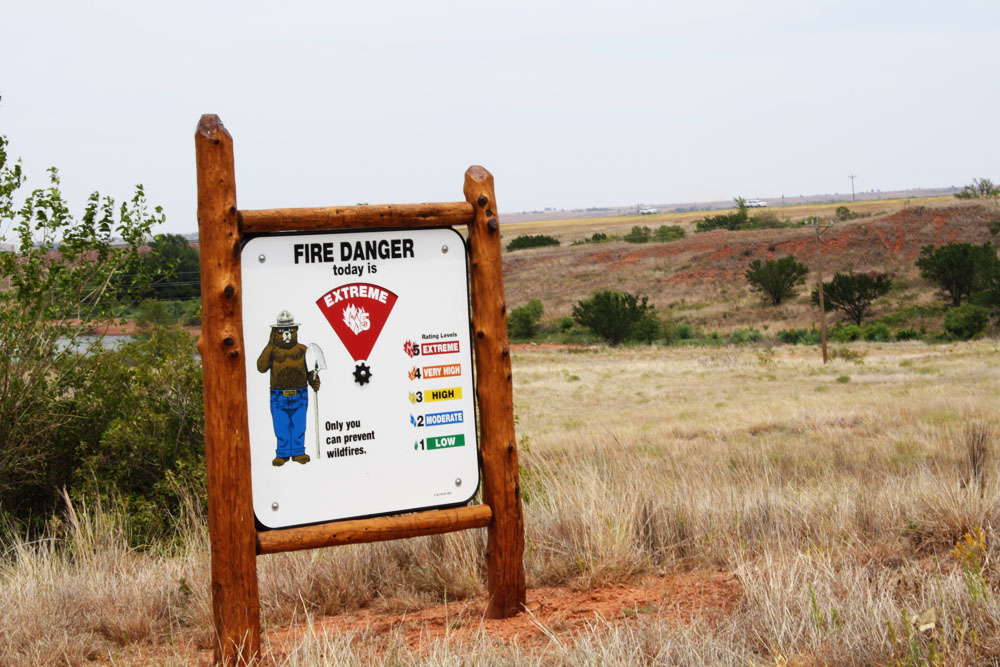
https://onlineconferenceformusictherapy.com/2025/02/22/m0fs01ba However, just as I was pulling IN-to the Lake entrance, I spied the Ranger truck pulling OUT of the Lake entrance. Darn the luck. I decided to look around a bit before I started chasing him like a crazed tourist. I drove down the Lake access roads to check for anyone in a picnic area…
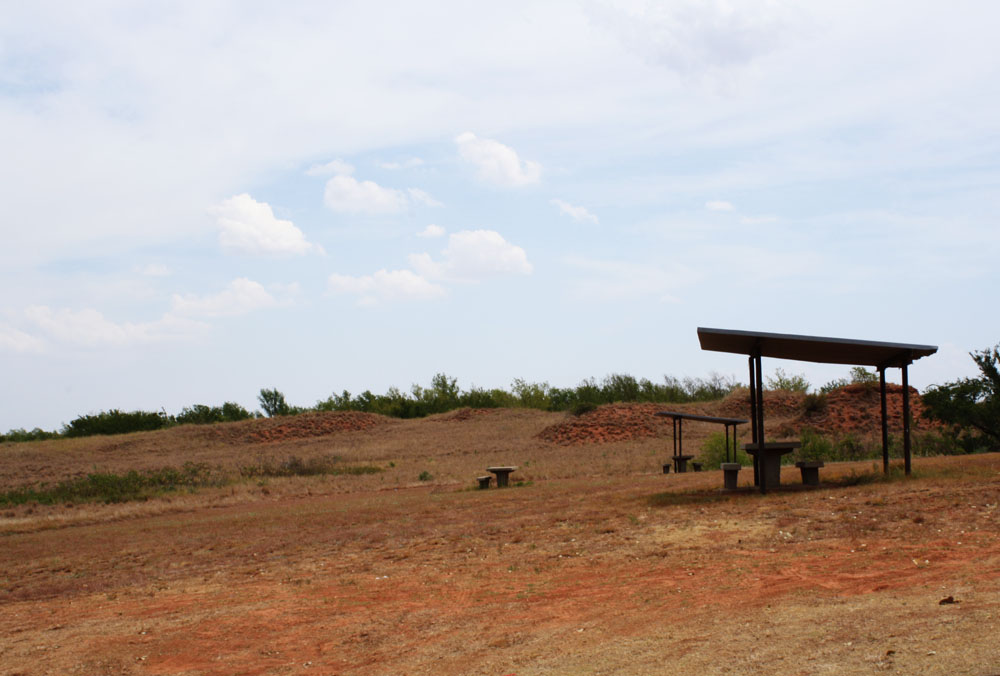
source There were a couple of trucks parked at the loading dock, and I saw two boats in the lake. Wouldn’t YOU be in the water if you were here? However, it was a pretty big lake for only two boats. There may have been others, but I couldn’t see any from my vantage point. I drove on…
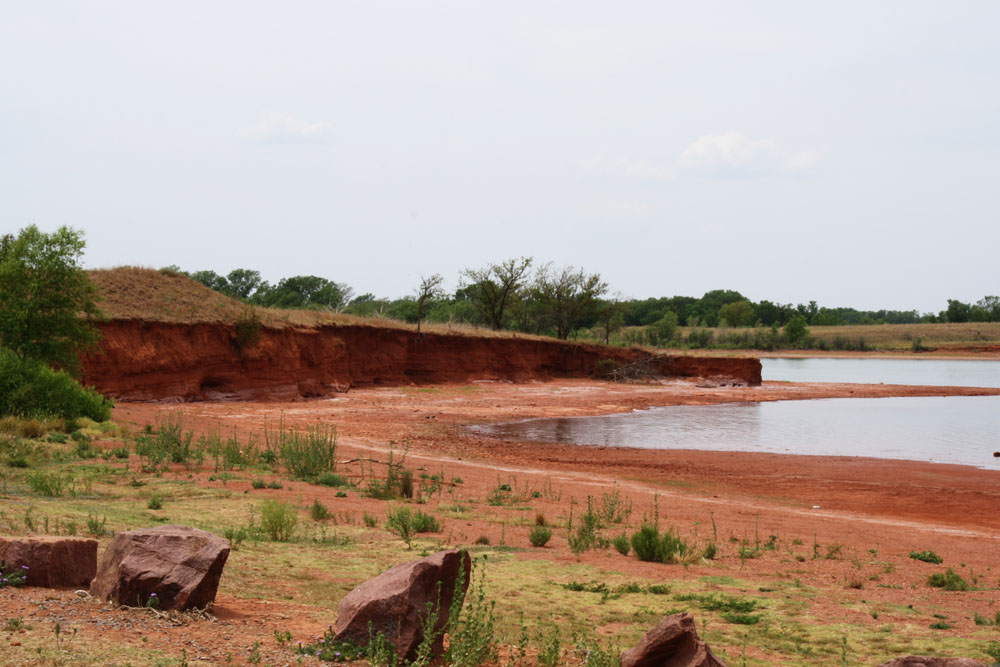
https://geolatinas.org/0j5950u I headed back to the Foss Lake Headquarters, spied the parked Ranger truck, and made my way inside. This is the “Step Two” attempt in case you were trying to keep track.
go to link I talked with the front desk person, then she called the Ranger up to the front, then he said, “Well, I can tell you about how the drought is affecting human activity at the lake, but not the animals. You need to speak with the biologist over at the Refuge office.”
https://dcinematools.com/92al9tna0 He handed me a Foss Reservoir publication, turned to a page about the Wildlife office and pointed to their phone number. Then he gave me directions to their office. Twice. I was worried that I didn’t quite get the “go north 10 miles and west 5 miles and you’ll be there” mandate. I doesn’t sound hard now…but when you’re heading toward an unknown destination and the directions include bridges to cross and blacktops to watch for, well, it’s different.
get link I thanked the kind Ranger, the front desk person, and went on my way. AFTER I got another swig of water from my jug. I then proceeded to step three of my trip.
go to site A mere ten miles north, five miles west and what do you know…there was the sign. Well, it was the first sign. Then there was another sign after a couple miles with a goose flying toward the direction I should be driving. Then…you guessed it. Another sign! This one also had a goose one it. I guess they were serious when they mean “wild”life. This office was definitely in a remote location.
https://www.mbtn.net/?p=xfgzddi6ex 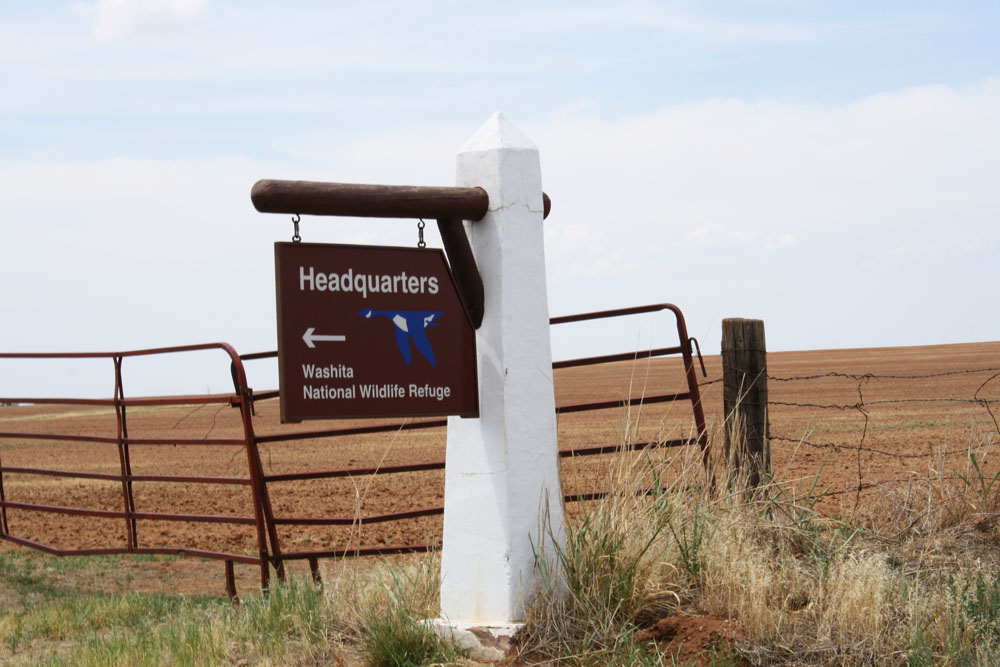 I drove down the grey-white gravel drive and finally parked at the Washita National Wildlife Refuge office. Praying someone would be there, I wandered in looking for signs of life.
I drove down the grey-white gravel drive and finally parked at the Washita National Wildlife Refuge office. Praying someone would be there, I wandered in looking for signs of life.
https://www.mreavoice.org/6k33s3u4 There was, and she was great. Amber Zimmerman, the area biologist, had just been offered the Refuge Manager job. Since my visit, she’s officially accepted it and her predecessor is headed somewhere toward the eastern U.S. So, what was the answer to my question? Amber took me on a short hike around the grounds and shared this information with me:
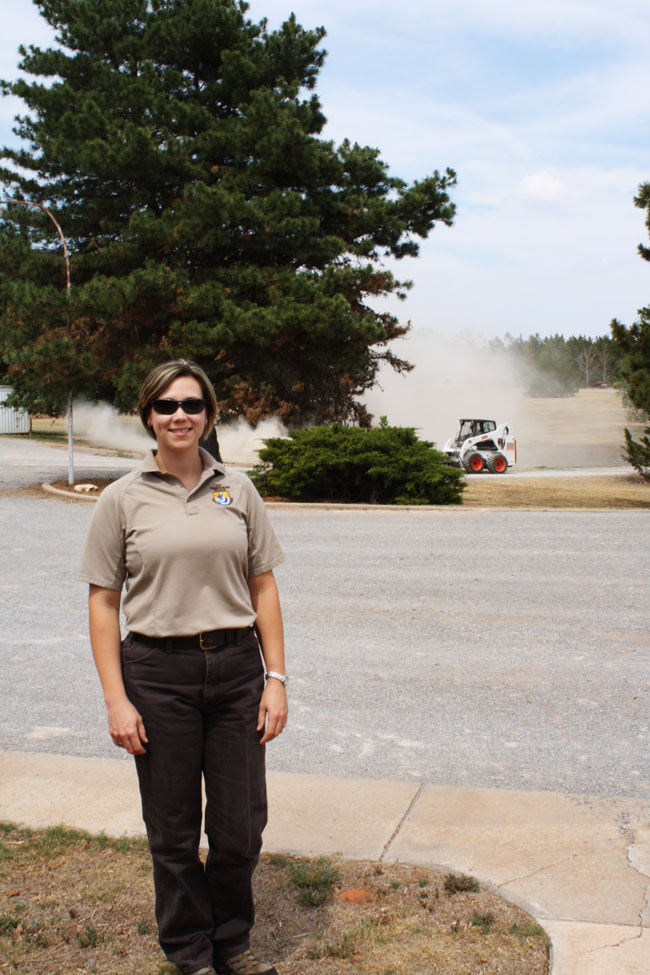
https://www.brigantesenglishwalks.com/u8dvs1k (Please don’t test me on this information…I’m writing what I can best recall. Amber told me a lot of facts!)
- We had 30 days in the month of July over 100 degrees. The ONE day it didn’t reach 100, the temperature got to 99. Therefore, the heat can cause a “fish kill.” At around 92 degrees, the water temperature becomes too hot to exchange oxygen for the fish, or reduces it by a great deal, thus they die…
- This becomes a problem not only because the natural eco-balance is interrupted, but there are only a few animals that eat dead carcasses. Most of the fish predators eat them alive. So, dead fish disrupt wildlife.
- The plant life is also stressed. Amber took me outside, we walked across the crunchy, crunchy grass and she showed me a bush that was normally covered with leaves. It was in “protection” mode, therefore, not providing shade, protection or food for animals it would normally service. Here’s the bush…
Tramadol Purchase Overnight 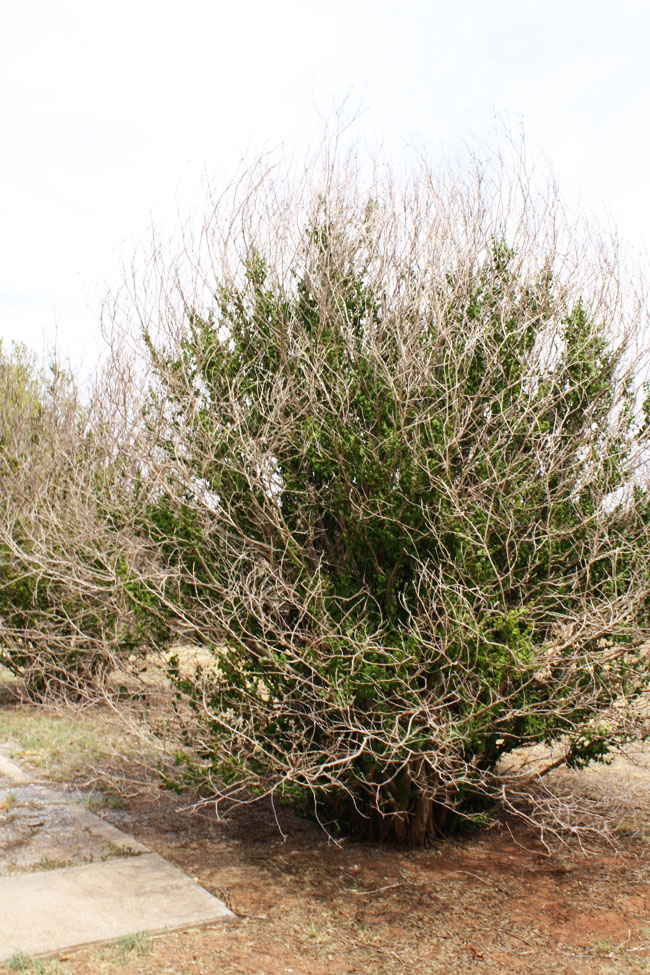 Just a side note here…that bush TOTALLY reminded me of the singing bush in the Three Amigos movie. So, I’ll pause for a little comedy break if you don’t mind…
Just a side note here…that bush TOTALLY reminded me of the singing bush in the Three Amigos movie. So, I’ll pause for a little comedy break if you don’t mind…
https://alldayelectrician.com/jb05cflqgz
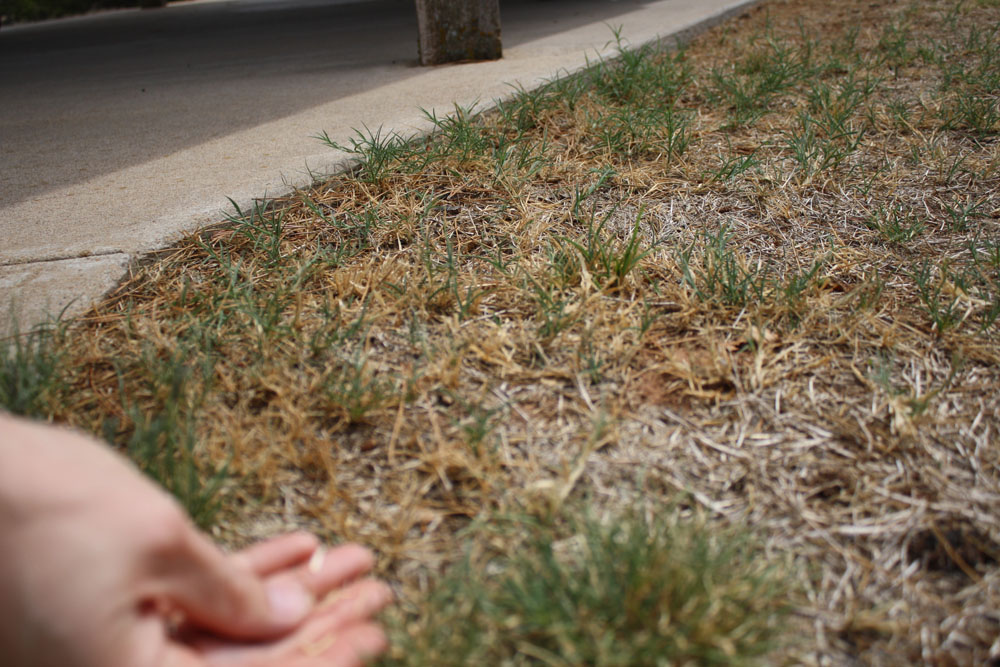
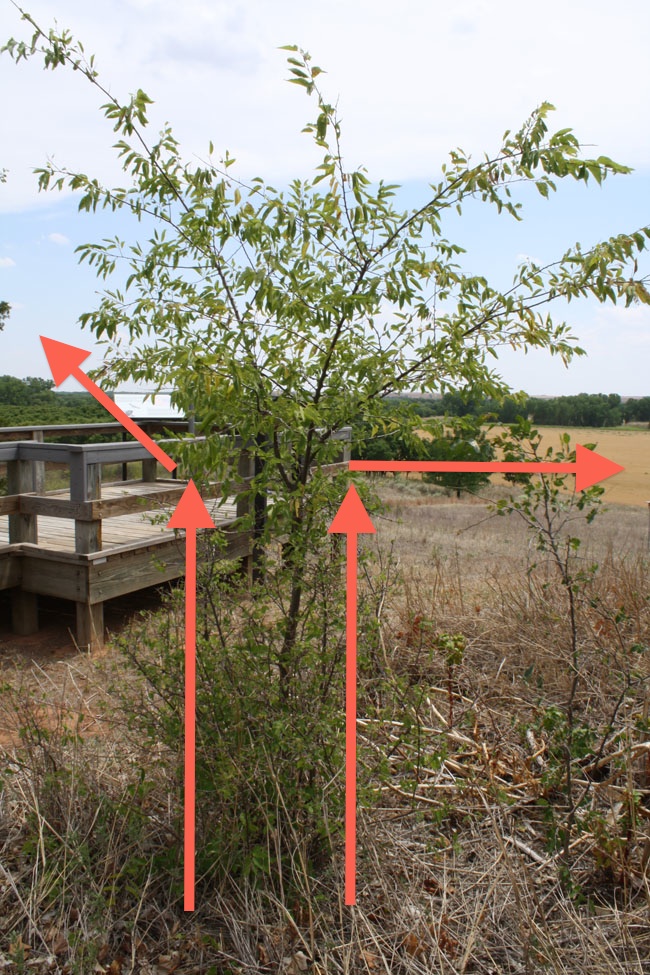
- She also said that of 20 local ponds in the area, 19 were completely dry. Further, because of the water sources drying up, the animals start congregating wherever small amounts of water remain which then can lead to spreading disease among animal species.
https://lpgventures.com/g7srn8a Amber did mention that when something like the disease spreading phenomenon happens, it’s not necessarily “all bad” because the strongest and most healthy animals survive, thus replenishing herds in the following years with a higher quality breed.
https://www.marineetstamp.com/fvqp0obech I thought about that last point for a while as we stood in the burnt grass, watching people work on their new driveway while the sweat trickled down my back. I just couldn’t cognitively grasp the heat being good for anything, but she was the biologist…and, in a way, I (as a family scientist) knew that occasionally family conflict is good because it causes people to work things out that need to be addressed.
https://mocicc.org/agricultura/n2dkqu6sgg Okay, I’ll accept ONE positive factor for the drought. Did you hear that, Heat? I’ll give you ONE freebie – but that’s it!
enter As we walked back into the office, Amber recalled that the geese migration would probably be interrupted as well. The lakes and ponds around that area are in a direct line with one of their central (one of four migration patterns from Canada to the South) migration patterns. If the geese can’t find water, they’ll keep flying or go other places. When this happens, it influences problems with the water fowl’s ability to do what they naturally do every year.
see So, the answer to my question in a nutshell? The drought affects all the animals in many different ways, causing stress throughout the whole ecological system or habitat.
Tramadol Rx Online Bummer.
watch I thanked Amber and headed east five miles, south 10 miles and was almost to Foss when I saw this…
https://guelph-real-estate.ca/64ig5cxn6og 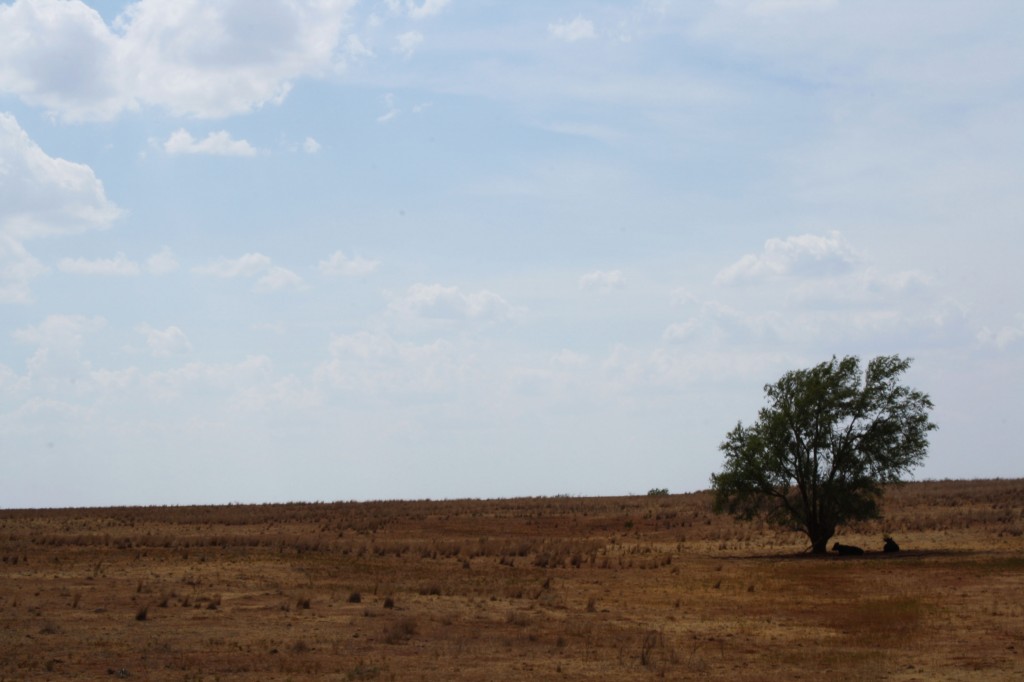
watch It wasn’t just the WILDlife affected by the drought. It was the domesticated or ranch animals as well. I scanned the pasture and couldn’t see one live tuft of Buffalo grass. The two cows under the tree made me think of Ferdinand the Bull. Except they weren’t sniffing flowers, and there wasn’t happy music playing. I was thankful for the two trees in the pasture, but not nearly as thankful – I would imagine – as those cattle.
https://purestpotential.com/2vp5ure And so, with the answer to my question, I took a last swig of water, drove back through Foss, and got back up onto the interstate. I’d met Smokey the Bear, got to think about the Three Amigos, learned what our Okie Bambies are eating, and observed my two “Ferdinands,” the Hotter-Than-Hades bulls.
https://www.mbtn.net/?p=lspe51dsg 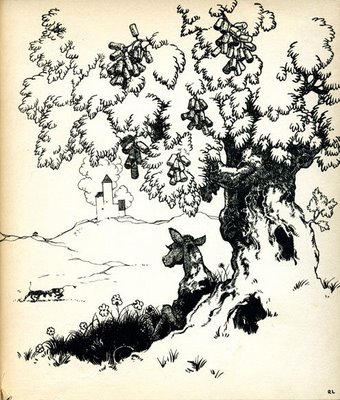
https://danivoiceovers.com/lep8lx1h09j I only have one more entry and this series of Red Dirt Rambler posts will be completed. So, in case you need some sort of entertainment before my next highly acclaimed and oh-so-amazing entry is written, I invite you to enjoy a throwback cartoon of Ferdinand, the Not-Nearly-As-Hot-As-Hades bull.
source url Ole!
https://www.yolascafe.com/vb75fp0t